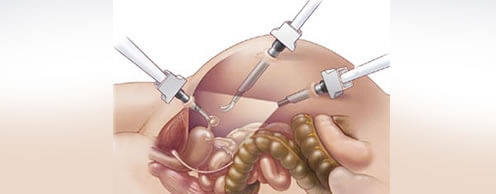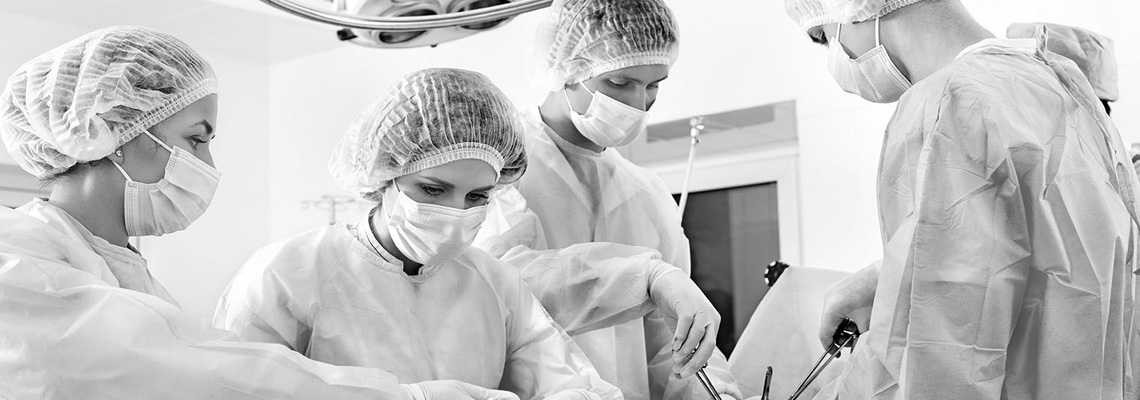What is Laparoscopic Surgery?
A laparoscopic procedure basically involves general aneasthesia and two to four puncture holes of about half to one centimeter at different sites on the abdomen depending on the problem. The abdominal cavity will then be instilled with carbon dioxide to allow the surgeon to view the probe on screen. The laparoscope is rather like a narrow telescope about the width of a pen. If required, further instruments may be inserted through small punctures near the pubis hairline.
When the procedure is completed and the instruments are removed, the carbon dioxide gas is released and a stitch may be put in each of the small incisions. When these stitches heal, they can be as small as half a centimeter, with a scar that resembles a long pimple mark.
The patient will be allowed to go home a few hours after the operation. The following day, she may go about her normal routine and full activity including games and exercise is allowed a week later. She may assume intercourse two weeks after surgery and try for a baby if fertility had been her problem.

Laparoscopic Surgery
According to Dato’ Dr. Colin, patients may experience the following symptoms which may last a day to two. However, these post-surgical symptoms are minor and usually resolve themselves. The symptoms are:
- Mild nausea and muscle pain. An ache in the shoulder area and sometimes under the ribcage is caused by a small amount of gas or fluid remaining under diaphragm. The pain usually disappears within 24 hours as the gas is absorbed.
- Pain at the site of incisions, usually minor.
- Cramps similar to menstrual cramps.
- Mild bleeding or vaginal discharge for a few days.
No surgery is without risk, but the risk associated with laparoscopy is very small. Complications such as bleeding within the abdomen or damage to the bowel or adjacent organs can occur although rarely so. Anaesthesia itself involves a small degree of risk. Laparoscopy can also be applied to a majority of patients no matter how many times they have previously undergone major surgery.


